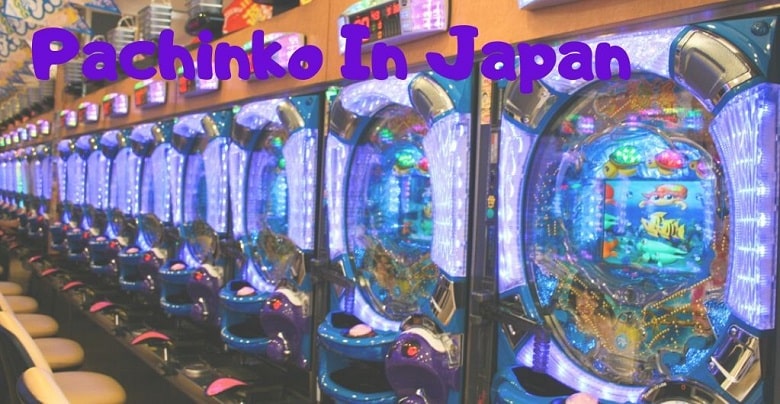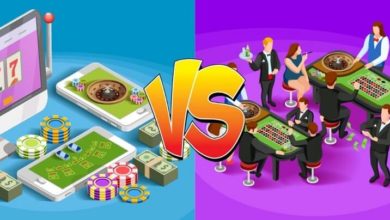Inside the Compelling World of Pachinko—Japan’s Favorite and Biggest Obsession

Pachinko is a mechanical game that originated in Japan in the 1920s. Dubbed as pinball’s cousin, the game serves as both a recreational arcade game and a gambling device. Modern-day pachinko slots are designed for high customization and to keep players entertained for hours on end.
| Brief History of Pachinko: How It All Began | ||
| 1910 | The Circle of Pleasure | Shares many common features with modern-day pachinko |
| 1912 | Corinth Game | Children’s version of bagatelle; set the stage for the evolution of today’s pachinko |
| 1926 | Bagatelle | Modified version of billiards that; the first step in the invention of pachinko machines |
| 1953 | Successive Shot | The first autoloader (successive slot) pachinko machines |
| 1970 | Nishijin Front Overflow | The first true modern single-shot conversion machines |
| 1980 | Today’s Pachinko | Hanemono machines; electronic versions with sound and video features |
Pachinko’s Mechanism
Step 1: Players insert either cash or card into their desired slot machine to get a number of small steel balls.
Step 2: These metal balls are then shot into the vertical portion of the machine via gripping the knob on the lower RHS corner of the game table.
Step 3: If a ball finds its way into the “start chucker” hole in the field center, it starts off a drum. A slot machine has many symbols, and the goal is to match three. If two symbols are matched, the player has a chance to win. When three symbols are matched, i.e., the jackpot, several of these metal balls cascade through a series of various obstacles to reach the well at the machine base.
The Luck or Skill Debate: Though it involves some skill as in how a player gets the balls in the center, for the most part, pachinko is a luck-based game. Pachinko magazines do provide various playing techniques and expert tips, but the only skill that counts is the player’s ability to direct the ball to the right place. If skills were important, then the slot machines would have been long developed like video games with moving targets. But that is not the case.
Pachinko is Available Online
Online pachinko comes in both standard and mobile formats. Both traditional and online pachinko games come in different themes:
- J-pop groups, e.g., AKB48
- Anime, e.g., Keiji
- TV series, e.g., Winter Sonata
Go check out websites such as ayakacasinos.com to know more about online pachinko games.
Illusions of Control and Uniqueness in Pachinko
Pachinko parlors are the best destination to spend leisure time and act as a stress buster. The games are easy and entertaining and give players a sense of illusion of control. Pachinko players tend to believe that they have more mettle than other players. Thus, pachinko is similar to Buddhist meditation, where the machines are mandalas, and their primary effect is to empty the player’s mind. This makes pachinko addictive and attractive to people.
The Wide Appeal of pachinko machines
People come in expecting some fun, few thrills, and of course, the payoff. The lights, sound, and the reward system make pachinko an enjoyable diversion and give players a winner-like feeling even while they are losing. At one point in time, it becomes an addiction without a cure.
What Lies Ahead for Japan’s Online Casino Market
Today, slots with 3D graphics and VR spaces are quite common in online casinos Japan. Around 67% of Japan’s population actively uses Bitcoin wallets, with numbers increasing. And, the Internet casino market has opened up considerable opportunities for spreading the cryptocurrency. With an annual profit expected to reach $40 billion, Japan’s online gambling market is a trendsetter and is represented by online casinos, online poker, mobile platforms, online bingo, online lotteries, and online services for betting on sporting events.
Pachinko—An Experience
Despite facing a downward curve, Japan’s pinball gambling industry yields 30 times more profit than Las Vegas casinos. The most well-known pachinko game parlors still remain as a domestic economy powerhouse. Annually, Japanese gamblers spend around 200 billion dollars on pachinko. Today, there are around 10,600 pachinko parlors and the industry employs thousands. Visiting a pachinko parlor is considered a uniquely Japanese experience because, for more than half-century, this pinball–slot machine hybrid has been the cornerstone of Japanese entertainment culture.



